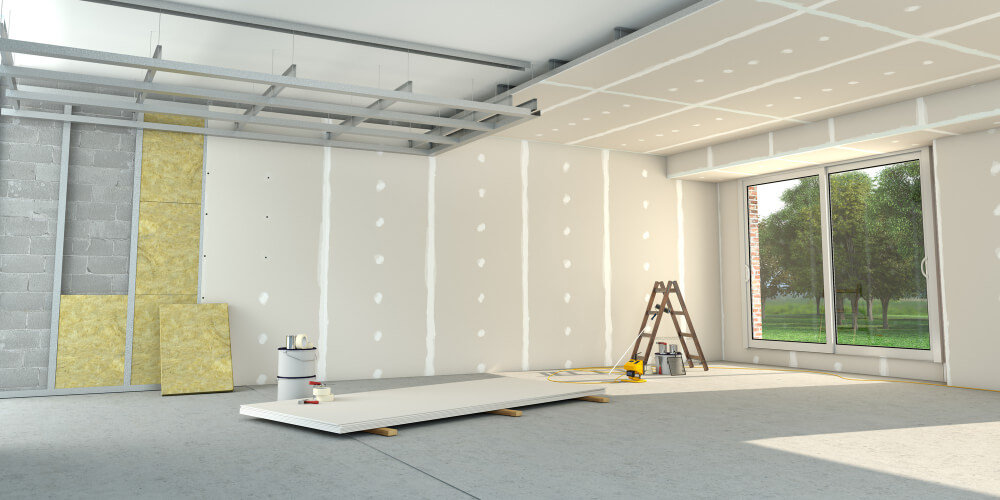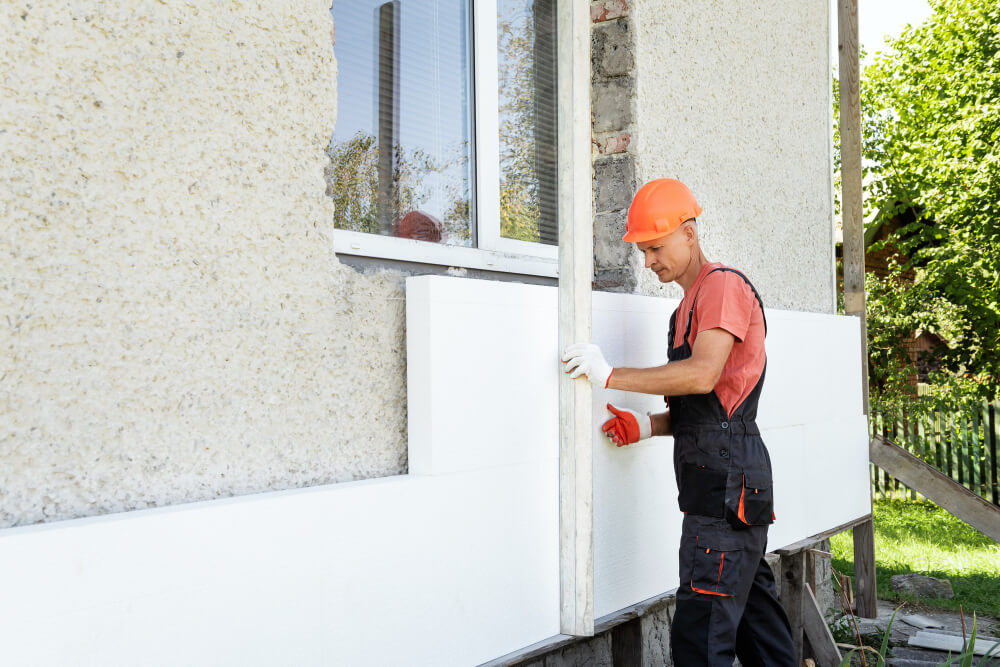
What are the disadvantages of structural insulated panels?
When it comes to constructing energy-efficient and sustainable homes, the use of structural insulated panels (SIPs) has gained significant popularity. These panels, consisting of foam insulation sandwiched between two structural facings, offer numerous benefits, including enhanced thermal performance, quicker installation, and improved energy efficiency.
However, like any other building material, SIPs also have their fair share of disadvantages. In this article, we will delve into the downsides of structural insulated panels, uncovering the potential challenges and limitations associated with their use.
The Limitations of Structural Insulated Panels
High Initial Cost
While structural insulated panels provide long-term energy savings, one of the key disadvantages lies in their initial cost. Compared to traditional construction methods, SIPs can be more expensive upfront. The specialized materials, manufacturing processes, and engineering involved in producing these panels contribute to their higher price tag. However, it’s essential to consider the long-term benefits and potential savings in energy bills when evaluating the overall cost-effectiveness of SIPs.
Limited Design Flexibility
Another drawback of structural insulated panels is their limited design flexibility compared to conventional building materials. The pre-fabricated nature of SIPs restricts customization options, making it challenging to accommodate complex architectural designs or unique structural requirements. While it’s possible to achieve a variety of styles with SIPs, intricate designs may require additional engineering and careful planning to ensure structural integrity.

Moisture Management
The foam core of SIPs can be vulnerable to moisture infiltration if not adequately protected. This could lead to issues such as mold growth, rotting, and reduced thermal performance. Proper installation techniques, including the use of moisture barriers and vapor retarders, are crucial to mitigate these risks and ensure the long-term durability of the building envelope.
Limited Availability and Expertise
Despite the increasing popularity of structural insulated panels, their availability and expertise in installation can still be limited in some regions. It may be challenging to find contractors and builders experienced in working with SIPs, leading to potential delays and increased costs. Before considering SIPs for your project, it is advisable to research local availability and consult professionals who have the necessary expertise to ensure a successful implementation.
Conclusion
Structural insulated panels offer a range of benefits in terms of energy efficiency, thermal performance, and construction speed. However, as with any building material, they are not without their drawbacks. The initial cost, limited design flexibility, challenges in moisture management, and potential availability issues should be carefully considered when evaluating the use of SIPs in construction projects.
By understanding and addressing these disadvantages, homeowners and builders can make informed decisions that align with their priorities and project requirements.


